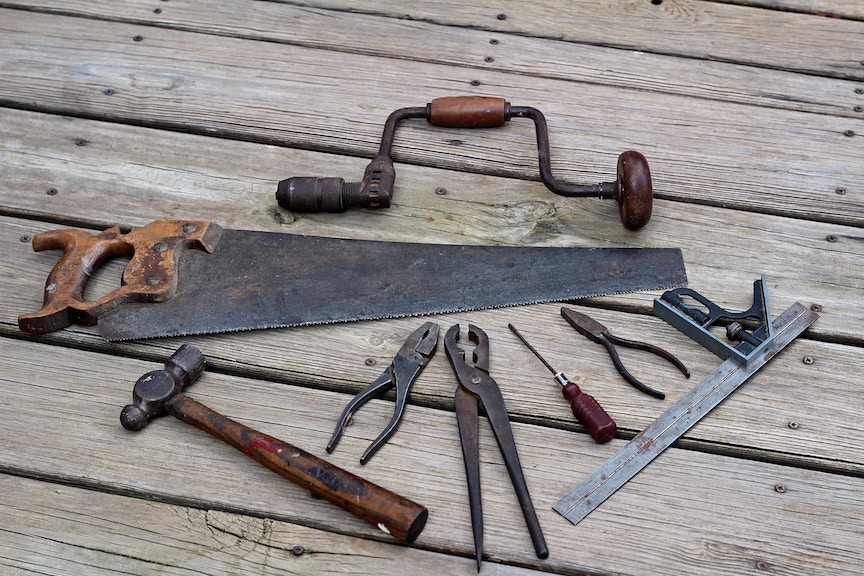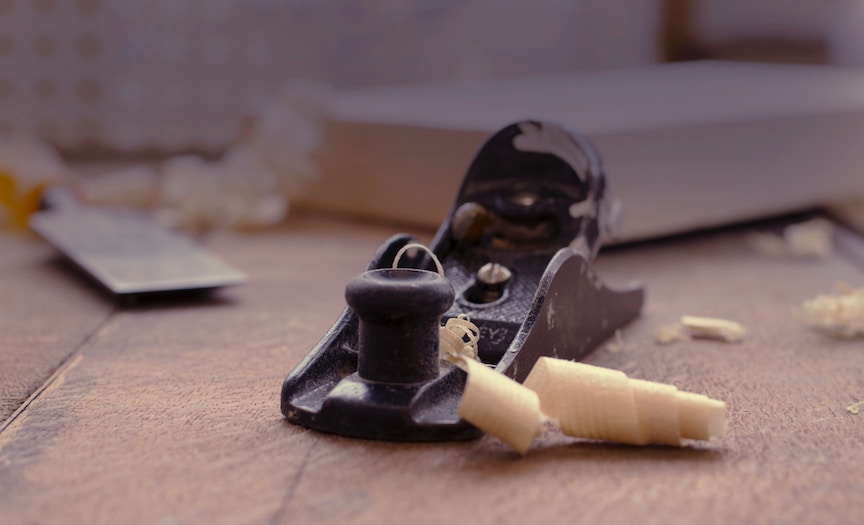A thing of value
Currency might seem a strange title for a blog about woodworking, as so many of us woodworkers see so little of it. But I am speaking here of a different kind of currency. I am referring to something of very high value to a certain community.
We could be speaking historically of cattle owned. We could be speaking of hand-woven carpets in Istanbul, or pristine tuna in the Tokyo fish market. Think of these kinds of currency as a sort of benchmark. Something, while not necessarily prized in other circles or societies, is highly valued in a particular one.
Today, one can scarcely pass a fitness magazine without being inundated with articles on “How to get Six-pack Abs”. For windsurfers it is “ How to carve the perfect high wind jibe”. For bakers it might be, “How to make the flakiest crust”. For woodworkers it seems there are never quite enough articles on “How to cut dovetails”.
But I do not agree at all that cutting dovetails is either the most important, nor the most elusive skill germane to fine woodworking. For one, there are whole areas of crafting in wood that have nothing to do with them. They are beautiful, they are strong, and they are not so simple. But they are not a daily necessity, and they do not always take so long to master.
The real uber important skill to have in woodworking is sharpening. I cannot think of a single woodworking project that does not require it. And it is NOT easy to master. Probably, that is why a sadly high number of woodworkers never make more than a half-hearted attempt at gaining this skill. I maintain that I have never seen a person superlatively talented at maintaining his/her tools in a expertly honed state who was not also a very talented woodworker.
Take the time to learn to sharpen. It is quieter, less expensive, and less dangerous. But far more importantly, it is produces much finer work and is light years ahead in terms of a satisfying way to work.


